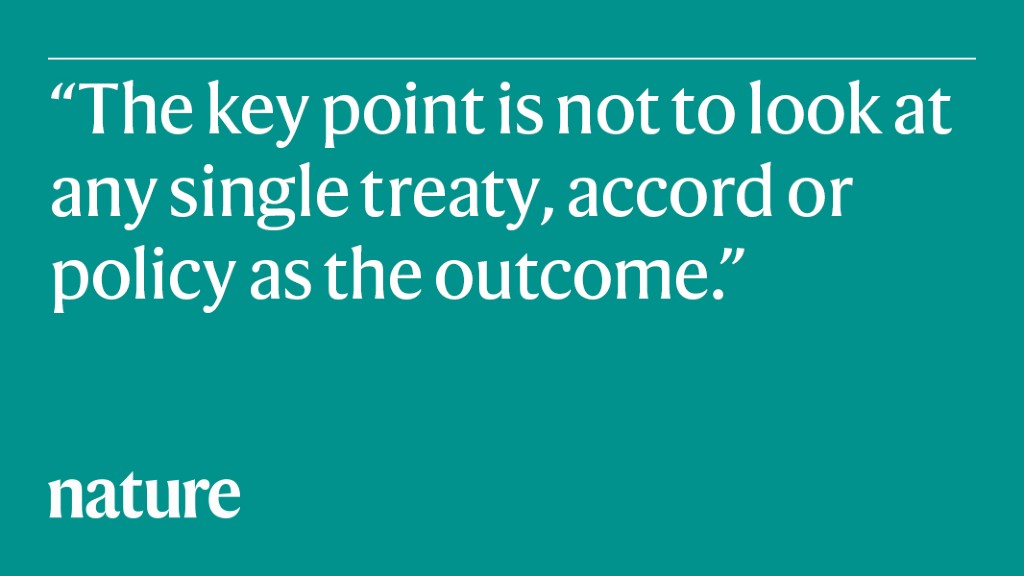Boundless spoke with Bloomberg Law’s Andrew Kreighbaum about his practical experience covering immigration and the greatest issues facing immigrants in the U.S. today.
What immigration problem at present fires you up?
Recently, a subject that comes up once again and yet again is getting strategies in which the immigration system connects to broader problems in the economic system. We have a severe labor lack in the U.S.. There are not a lot of effortless answers, but it appears like one of them could be having more immigrants to the U.S. But there are all sorts of problems, obviously, that get in the way of that, no matter whether it’s backlogs or the yearly caps on the H -1B system for a single. So I believe comprehension how coverage is a real barrier to immigration as a option is quite attention-grabbing.
How do you locate your stories?
It’s a combine of looking by means of the dockets each morning, pursuing the Federal Register and the principles and laws coming out, finding on the mobile phone with immigration lawyers who get the job done in this area as well as advocates. It’s making an attempt to establish people human resources and undertaking a whole lot of examining as properly.
What do you consider the solitary most important issue is experiencing U.S. immigrants today?
It relies upon partly on the sort of immigrant we’re chatting about — irrespective of whether it is someone who’s striving to appear below on an employment-based visa or a relatives-dependent visa, mainly because you’re going to be going through a distinct set of troubles. But usually, 1 of the most urgent troubles is the backlog and the general dysfunction in the program that’s gotten worse and even worse the very last number of decades. All people is aware that there has not been thorough reform given that the 1980s. But I assume you can have a damaged immigration program and then you can have an even extra damaged immigration method. And it appears to be like that’s where we are appropriate now.
U.S. Citizenship and Immigration Solutions (USCIS) has introduced various steps to attempt to modernize the company and their functions. How optimistic are you that people are basically likely to make a difference in cutting down the backlog?
I can only go off what some of the professionals and lawyers I’ve talked to have informed me. There is a ton of stress with the quality processing rule, for a person, and that it’s going to get many years to roll out some of those people new options. But I know there’s hope that the new rule rising computerized extensions for EAD renewals would make a large variance for a whole lot of people. There are some issues that USCIS can do, such as filling all these open up jobs, and that should make a distinction. But if they definitely want to move the needle below, they would take a appear at cutting down some of these immigration kinds and producing the software approach shorter. So it seems they are accomplishing things that are slowly and gradually generating a difference but it is a even bigger problem no matter whether which is going to achieve every thing that folks hoped it would.
Do you think there is a possibility that significant immigration reform may possibly happen in advance of the midterm elections?
There is a new bipartisan coalition [Alliance for a New Immigration Consensus] and they’ve been urgent lawmakers to do anything on a lesser scale that would deal with DACA recipients, TPS holders, and agricultural staff. There’s a great deal of skepticism that Congress will move it and the general expectation is the closer you get to an election day, specifically in a midterm yr, the fewer very likely it is that major laws is going to get passed.
Can you explain to me about a latest story you lined that you discovered in particular attention-grabbing or essential?
I have written stories about the EB-5 [immigrant investor] program that I feel were being noteworthy in that they showed the dysfunction in the system, the place you have these 1000’s of green cards pending for months since this visa system had its congressional authorization lapse. Congress at some point got all-around to passing a monthly bill to restart the method as aspect of this bigger expending offer, and the expectation in the field was that by mid-Might, this application is going to be up and managing once again, and these regional centers are going to be ready to commence taking funds from new investors. But USCIS has put up this advice that is throwing almost everything into question, stating current regional centers have to be re-permitted effectively. And there’s been a single lawsuit submitted previously above the advice that I have coated. So I feel it demonstrates how damaged the technique is, the place Congress in fact passes some thing, but then the agency itself would seem to choose this place on the laws and how it should really be interpreted.
Did something shock you that you didn’t know before you started off masking immigration?
It’s exciting just how a lot of organizations are involved in some plans like H-2A [temporary agricultural workers], H-2B [temporary non-agricultural workers] for example, you have DHS [Department of Homeland Security] and of class, USCIS, which is aspect of that agency, and DOL [Department of Labor] — they all engage in pretty critical roles in issuing all those visas. I assume one more is mastering how the accessible visas each calendar year are so considerably outstripped by the demand from customers from businesses and from immigrants. That all just actually illustrates how out of date the method is.
For extra, you can observe Andrew on Twitter and browse his work on Bloomberg Regulation.



